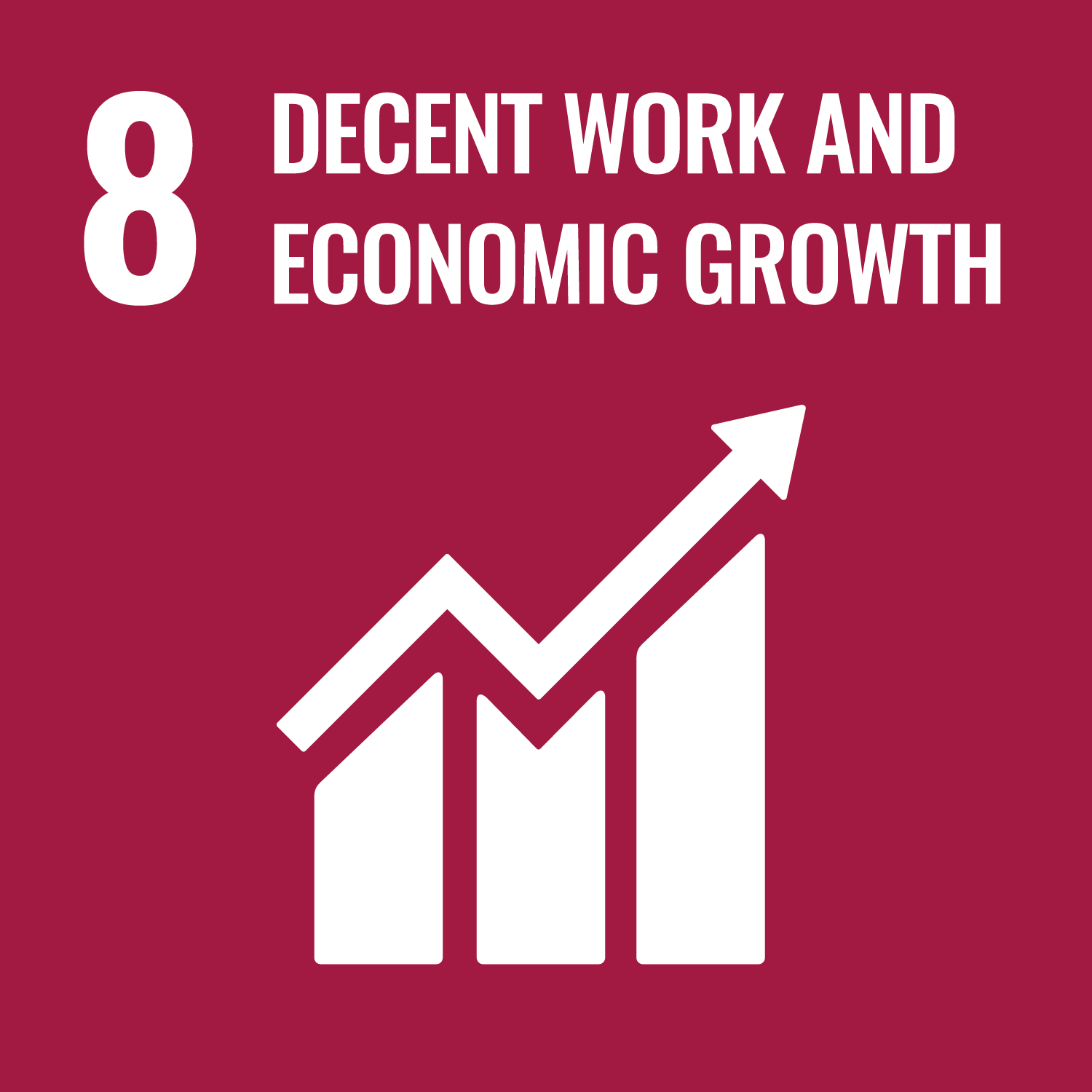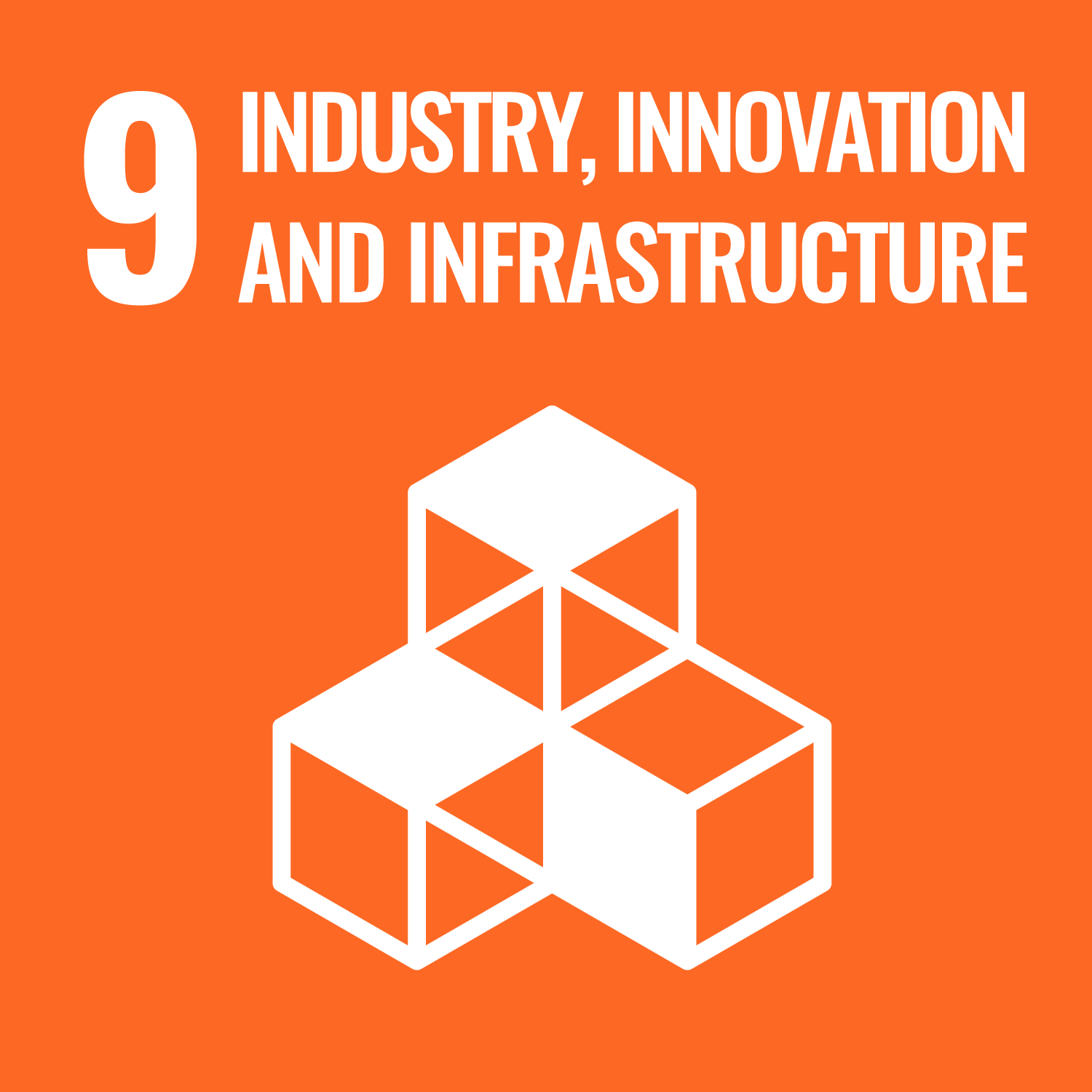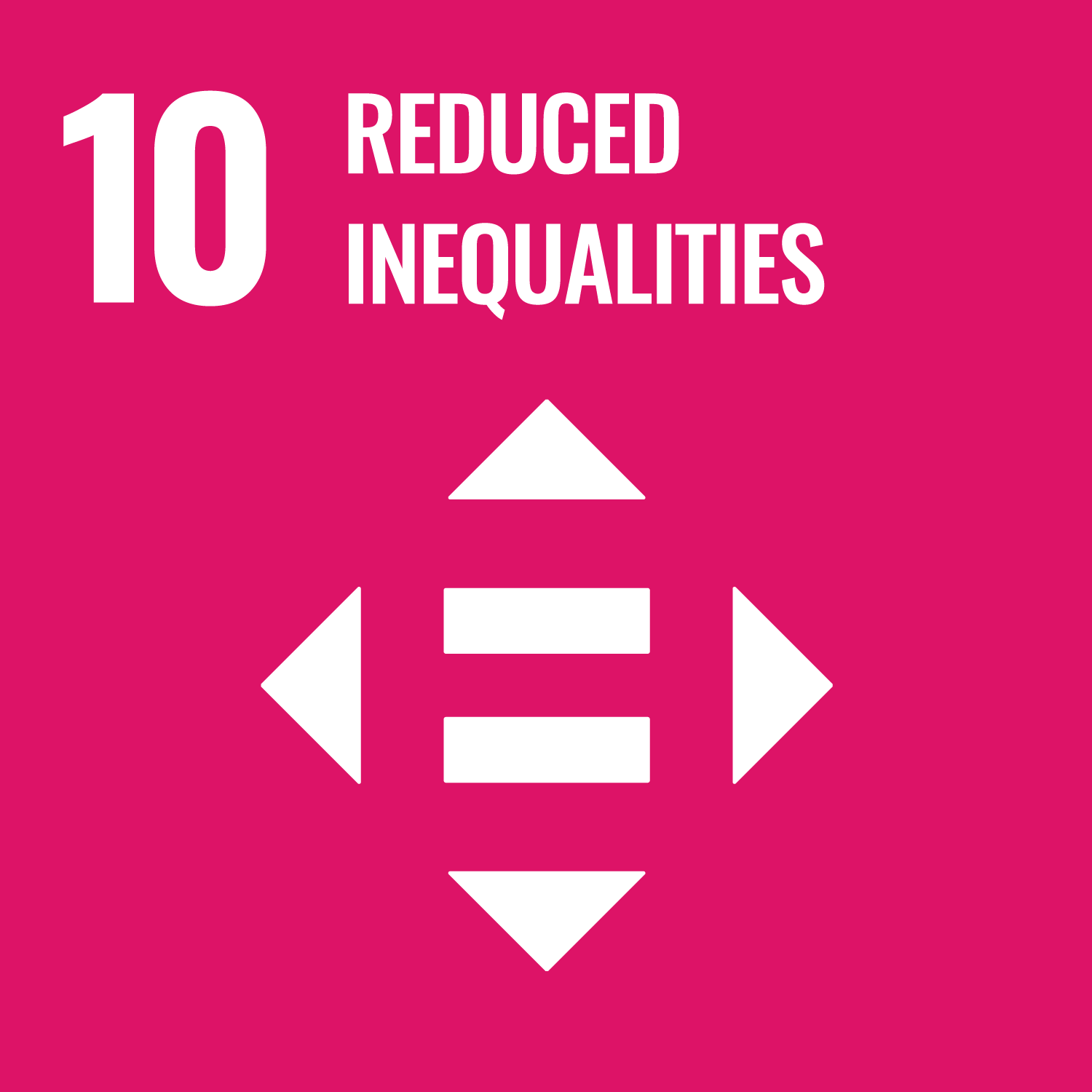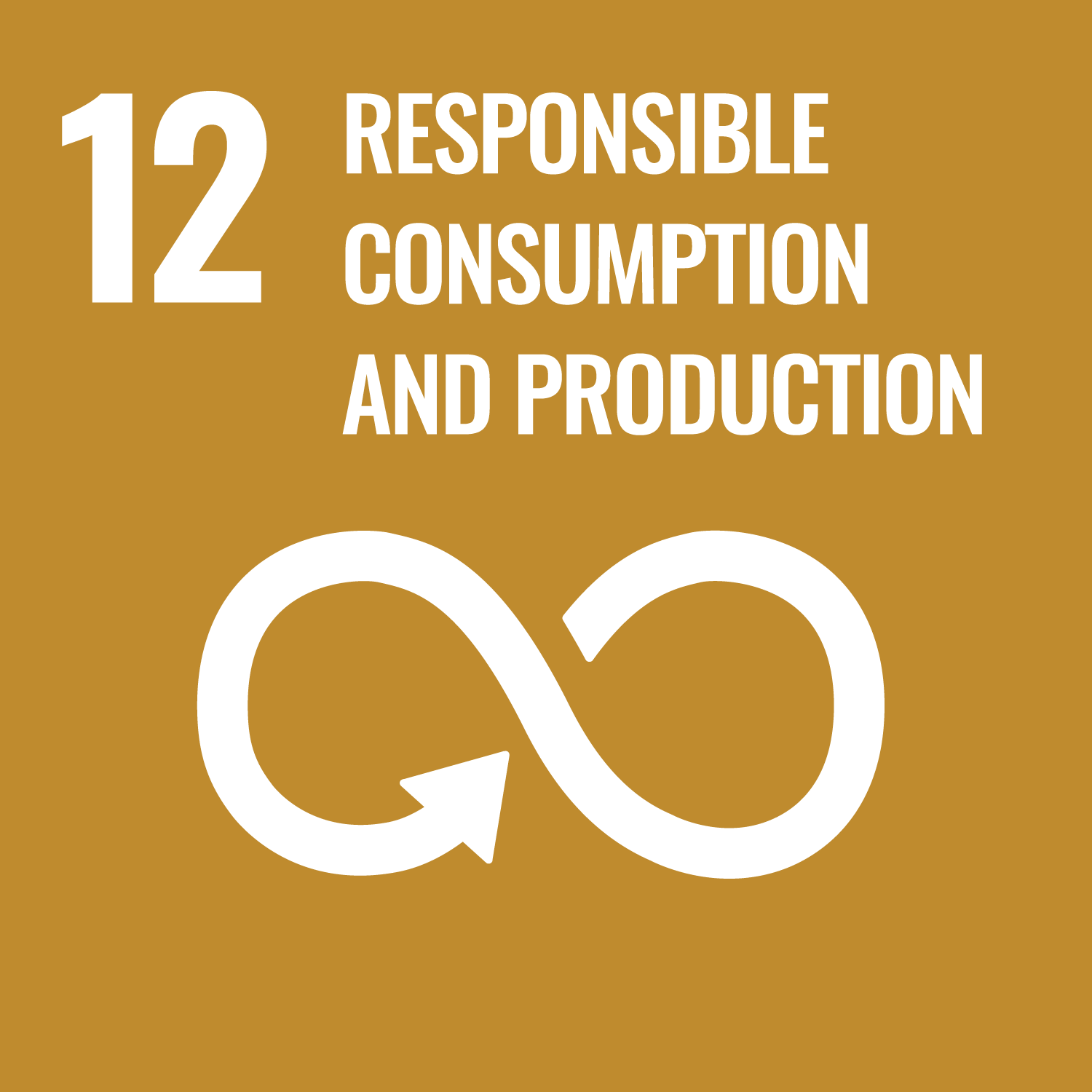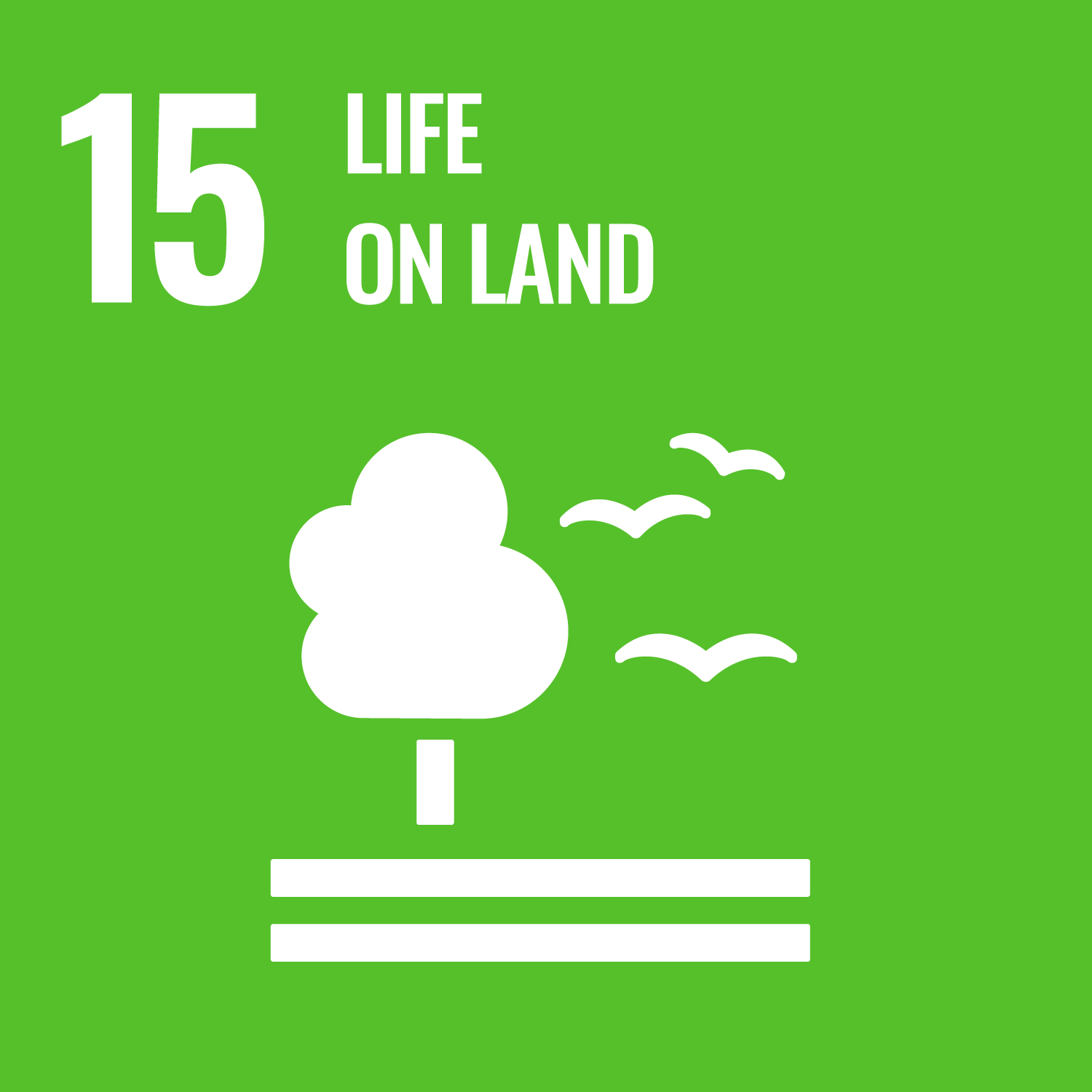ORCID
- Sian E. Rees: 0000-0001-9606-783X
- Nicola Foster: 0000-0001-9796-1753
- Martin Attrill: 0000-0002-4039-031X
Abstract
© 2018 John Wiley & Sons, Ltd. Marine Protected Areas (MPAs) and networks of MPAs are being implemented globally as a spatial management tool for achieving conservation objectives. There has been considerable progress in reaching the prescribed 10% protected area target for 2020, outlined in the Convention on Biological Diversity Aichi Target 11 and the United Nations Sustainable Development Goal 14. The application of MPA network design principles (e.g. Representative, ecological connectivity), which underpin ecological coherence, is still lacking or insufficient in many regions. Poor ecological coherence hinders the ecological performance of MPA networks, leading to dysfunction in the flow of ecosystem services and reduced ecosystem benefits, with potentially negative consequences for human well-being. This paper presents four pivotal focus points for future progress that can bridge the gap between ecological and social systems. The aim is to shift the discourse of 'ecological coherence' further into the social sphere, and hence support the alignment of the process of designating ecologically coherent MPA networks with the 'triple bottom line' of economic development, environmental sustainability, and social inclusion, as described in the Sustainable Development Goals (SDGs), to achieve social-ecological coherence in MPA network design.
DOI Link
Publication Date
2018-01-01
Publication Title
Aquatic Conservation: Marine and Freshwater Ecosystems
ISSN
1052-7613
Acceptance Date
2018-01-05
Embargo Period
2019-03-23
Recommended Citation
Rees, S., Pittman, S., Foster, N., Langmead, O., Griffiths, C., Fletcher, S., Johnson, D., & Attrill, M. (2018) 'Bridging the divide: Social-ecological coherence in Marine Protected Area network design', Aquatic Conservation: Marine and Freshwater Ecosystems, . Available at: 10.1002/aqc.2885

